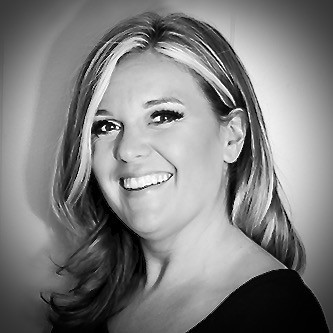Updated by 01.25.2024
Pay with Electronic Check – How Does ACH Payment Processing Work?
HOW DOES ACH PAYMENT PROCESSING WORK?
As we explained in a previous post, ACH Processing (Automated Clearing House) is a U.S. system for making electronic payments between bank accounts. ACH processing is faster and simpler than writing checks, and can be used in business-to-business and business-to-consumer transactions. Direct debits, such as recurring bill payments, and direct credits, such as electronic paychecks, are paid using ACH technology.
But what actually happens to the money when a payment is made? Normally, electronic payments are referred to as ‘direct’ debits or credits, but that’s not exactly true.
At a macro level, the ACH processing system is centered around two clearing houses—the Federal Reserve Banks and the processor operated by The Clearing House. Plugged into the clearing houses are the nation’s banks. Consumers and businesses are connected indirectly to the system through the banks. The system as a whole is governed by the Electronic Payments Association, which sets the rules for ACH processing.
Let’s take the example of a consumer, Joan, paying an electricity bill by recurring direct debit. Joan’s power company, PowerCo, will have an authorization from Joan allowing funds to be taken from her account monthly. PowerCo will have an arrangement with their bank, EBank, which allows the company to originate ACH transfers (debits or credits).
To receive electronic payment of power bills, PowerCo sends EBank an ACH file. The file contains information about the customer accounts to be debited, and the amounts. If PowerCo is making direct credits to customers (such as refunds) it will also send those payments in the ACH file. (ACH solutions, such as E-Complish’s, can simplify the batch processing of ACH transactions, which can be time-consuming and painful.)
EBank will then credit PowerCo’s account with Joan’s bill payment, bundle up PowerCo’s transactions with its customers’ other ACH transactions, and send them to an Automated Clearing House—either the Federal Reserve or EPN—for processing.
Note that the ACH processing system credits PowerCo with Joan’s payment before the funds are withdrawn from Joan’s account. If it turns out that Joan’s account has insufficient funds to pay her power bill, that ACH credit will have to be ‘returned’ and the payment reversed.
The clearing house then takes EBank’s batch of electronic payments. The credits and debits are sorted and EBank’s payments are netted off against every other bank. In other words, if EBank’s customers are receiving more than they are paying out, EBank’s account with the clearing house will be credited. If the reverse is true, the bank’s account will be debited.
The next day, once the clearing house has settled the transactions, Joan’s bank will debit her account in accordance with the instructions from the ACH file.
Again, note that not only did PowerCo receive Joan’s bill payment from its bank before Joan’s account was debited, Joan’s bank was debited by the clearing house before it deducted any money. The ACH processing system requires a high degree of trust, because all of the participants depend on one another, and the system must be able to deal with returns and other complications.
ACH is very secure compared to other forms of payment. According to the Association of Financial Professionals, 31% of companies suffered actual or attempted ACH payments fraud in 2013, comparing favorably to credit and debit cards (43%) and attempted check fraud (experienced by an astounding 82% of surveyed companies).
The system is growing, too—22.1 billion ACH payments were made in 2012, up from 8.8 billion in 2003. The average value of transactions is also falling, suggesting ACH is gaining acceptance as an everyday form of payment.
E-Complish offers ACH processing solutions allowing simplified batch billing, that integrate easily with existing processing systems, streamlining the electronic payment process. If better ACH processing would help your business, consider scheduling a demo.


